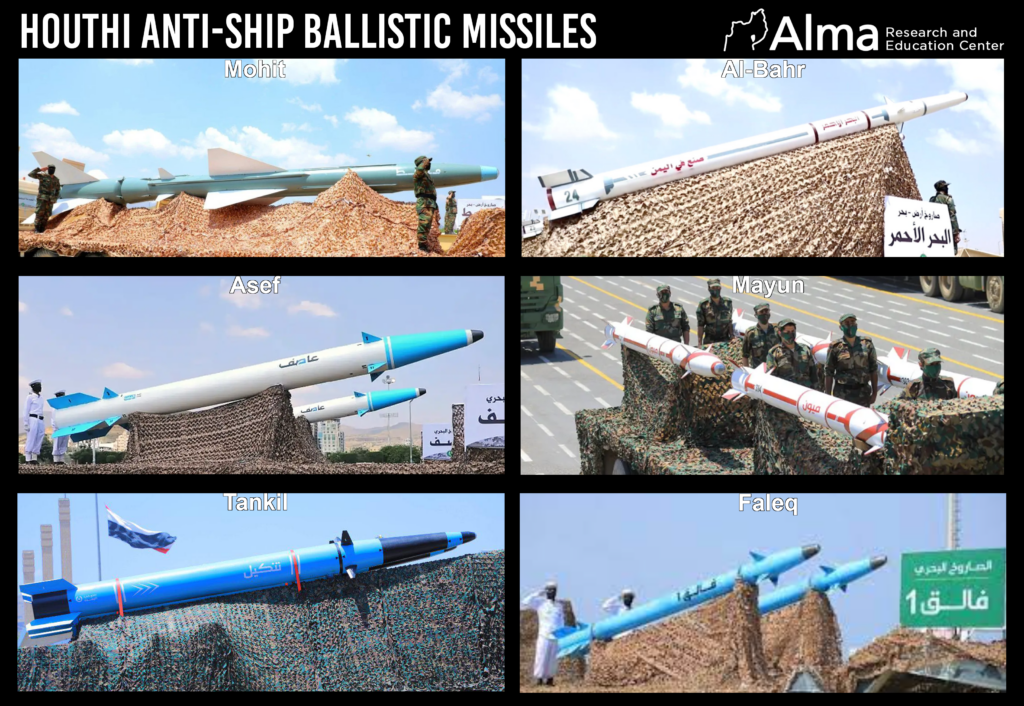I like how magnanimous you are to claim that everyone else could do the allegedly easy legwork, yet nobody including you can actually produce the goods despite claiming over and over how easy it is. If you had spent your time actually trying to prove yourself right instead of dishonestly zigging and zagging trying so hard to avoid the consequences of your own words, you would have ended the debate already. The fact is, you only recently realized how absurdly difficult your moronic question is to answer, but are still trying so hard to front like it's some kind of easy peasy basic math solution. You can keep ejaculating that the answer is "simple" all you want, but until you actually demonstrate that it IS actually "simple", all you're doing is jerking off online to your own words over and over.
I don’t need to “prove myself” dummy. My question was not difficult. You just went from smug to screechy when someone reminded you that the correct way to do any force balance analysis between China and the US in China’s periphery wasn’t “USN vs PLAN” but “USN vs PLAN+PLARF+PLAAF”. Only someone of your low mental and emotional caliber could fly off the handle over such an easy point to validate. You’re the one fronting here, muppet

